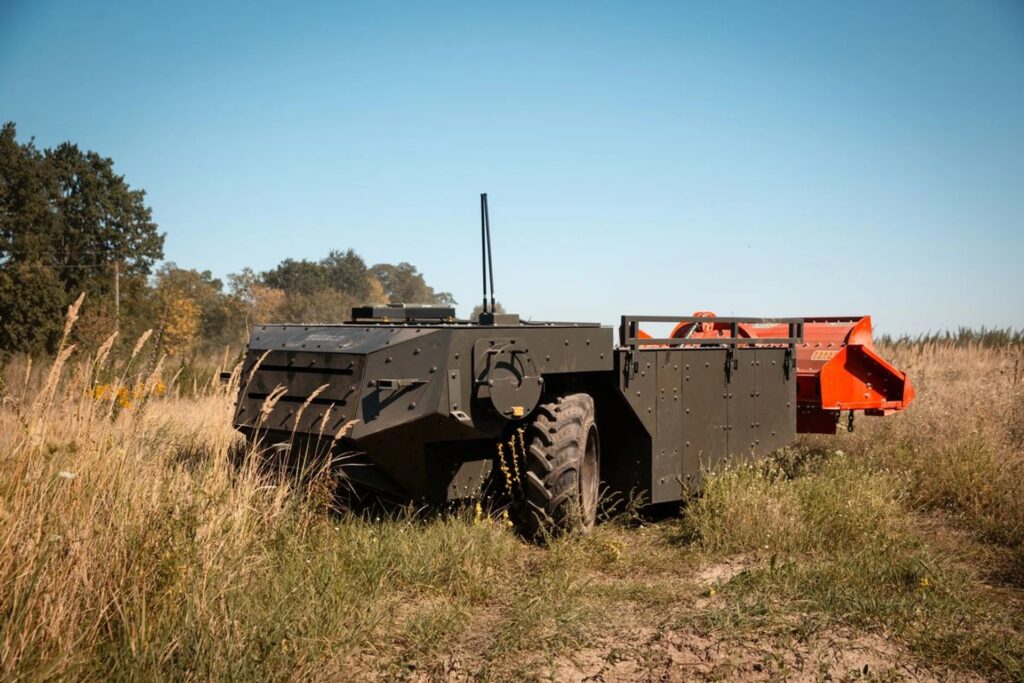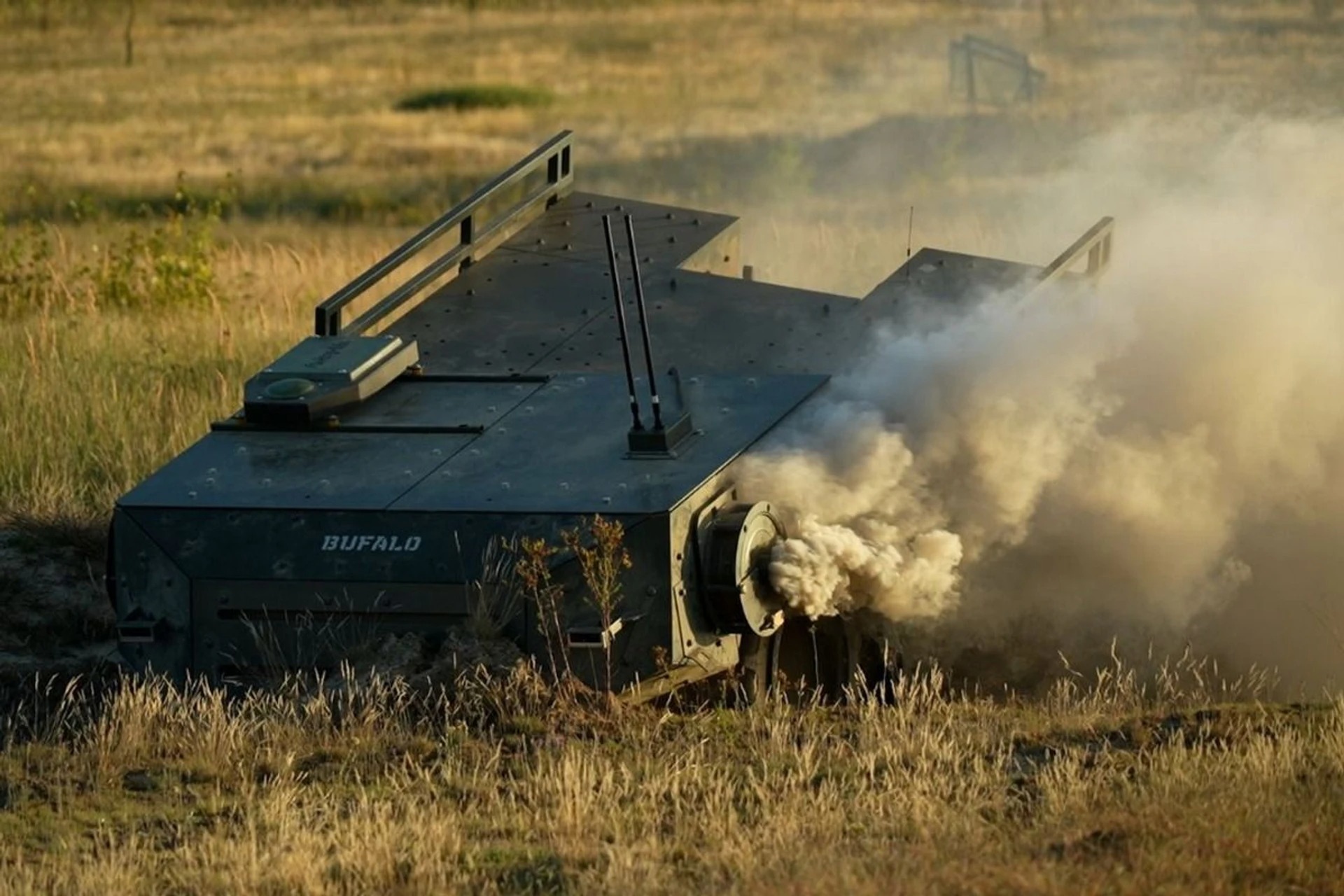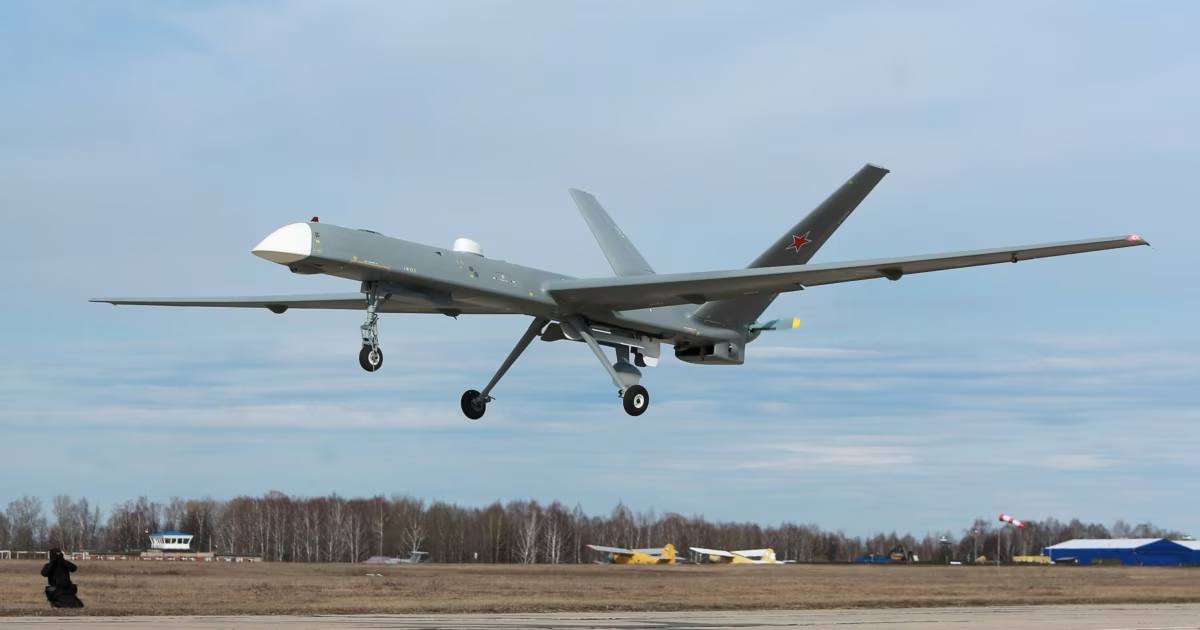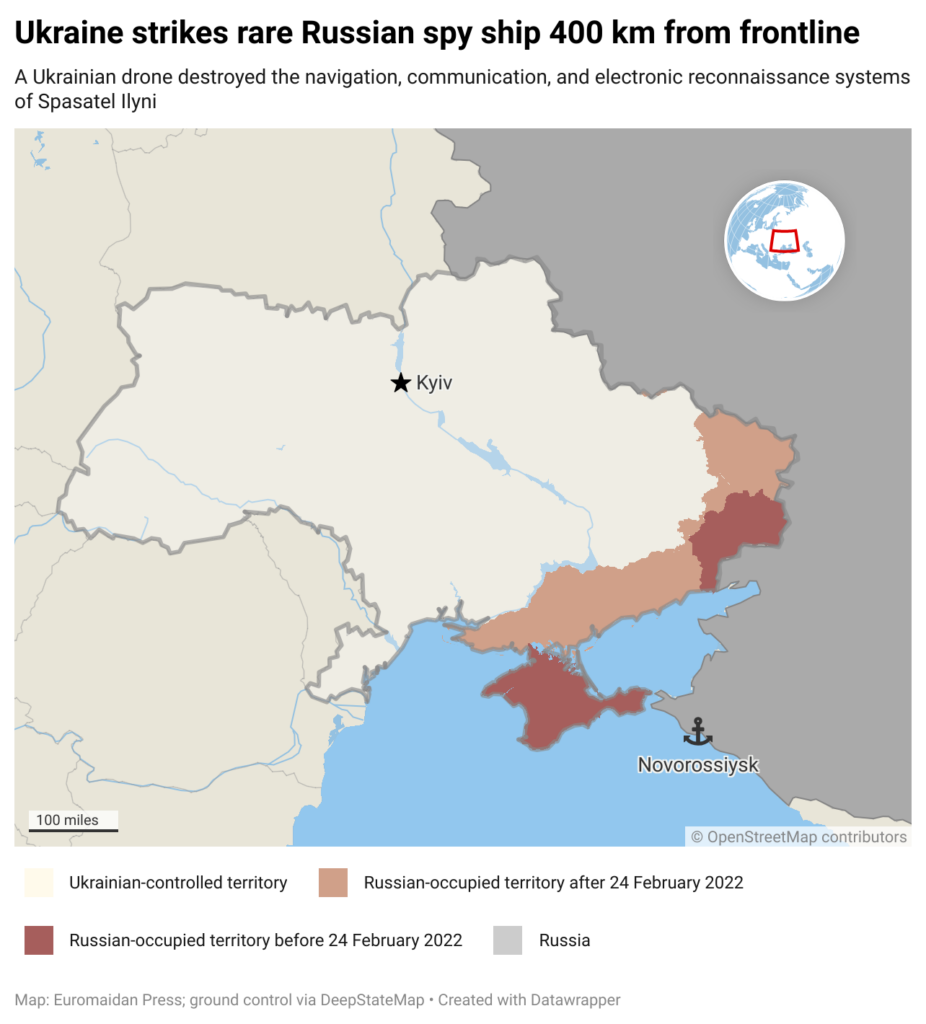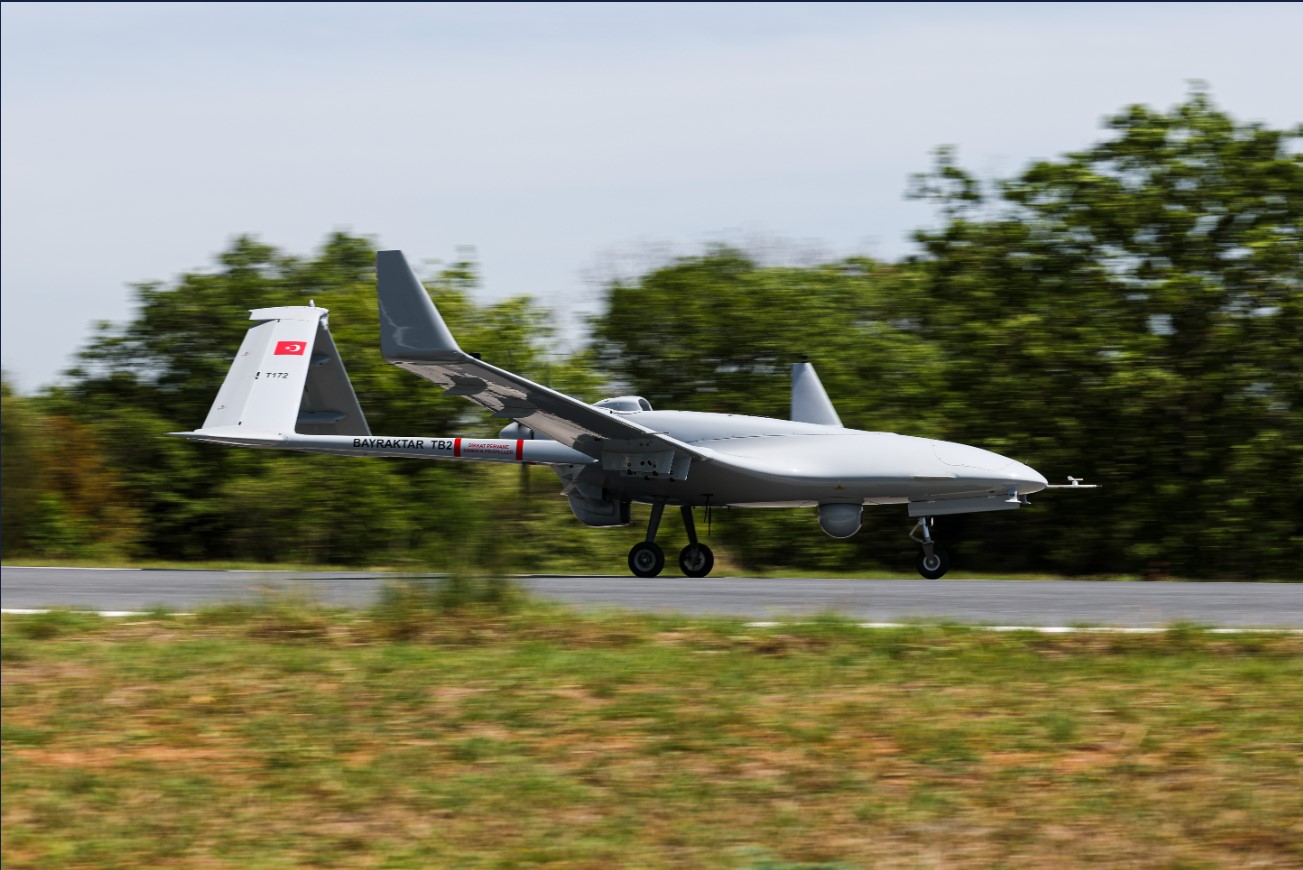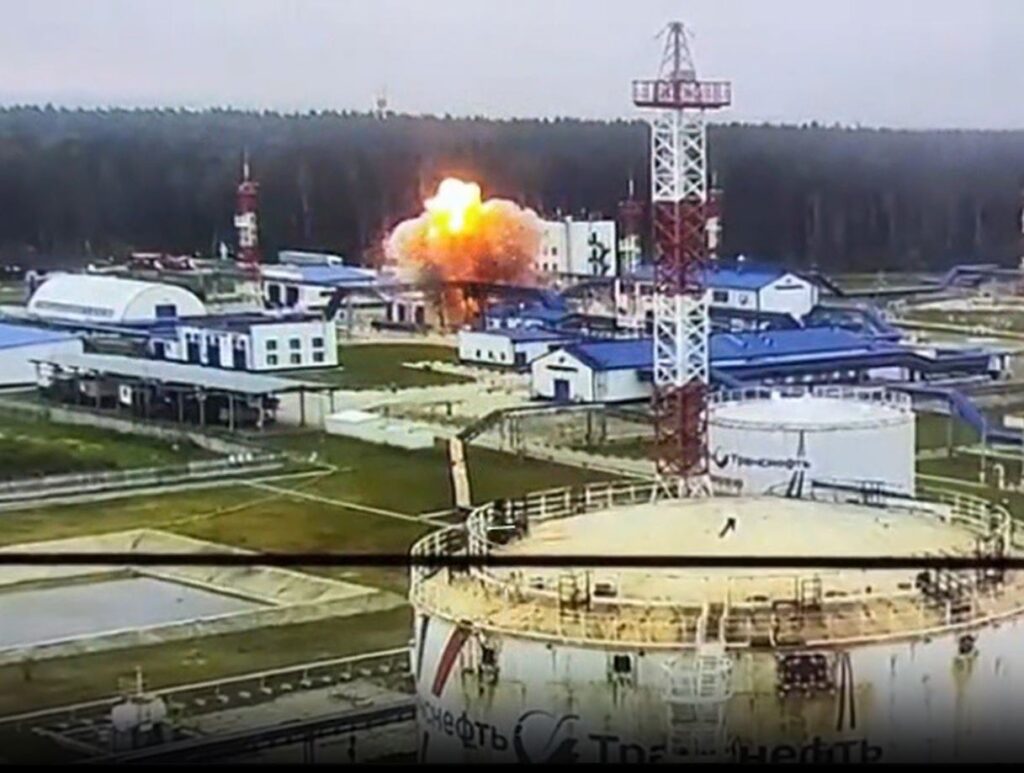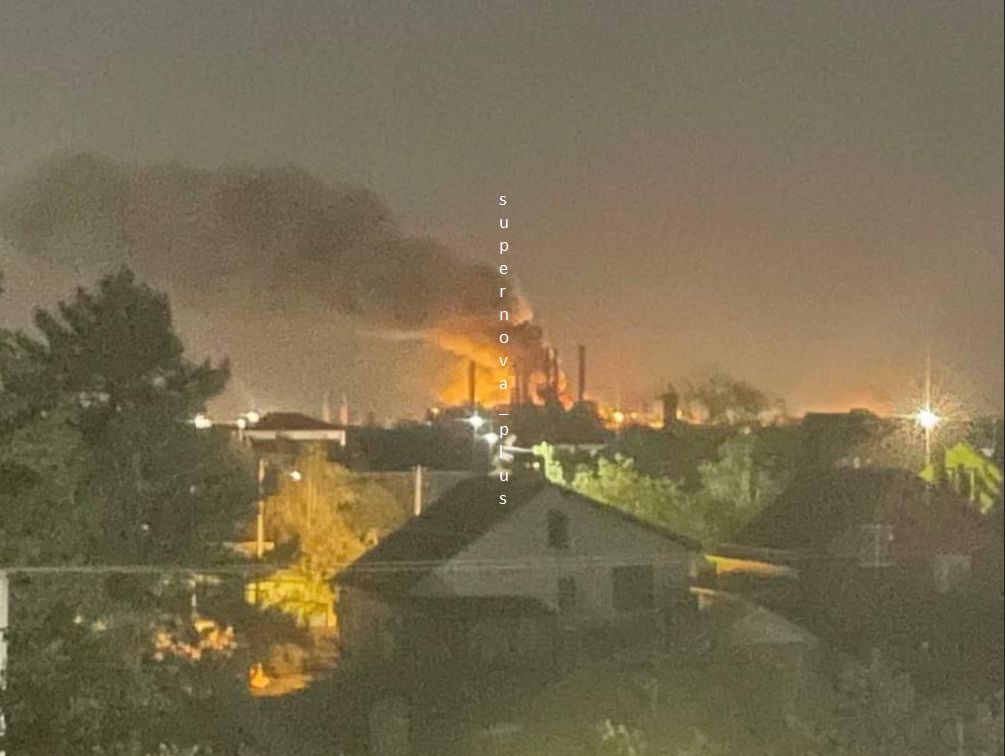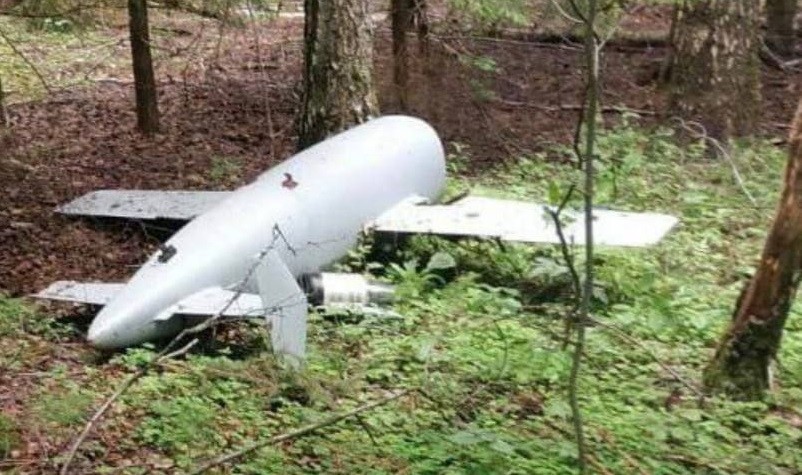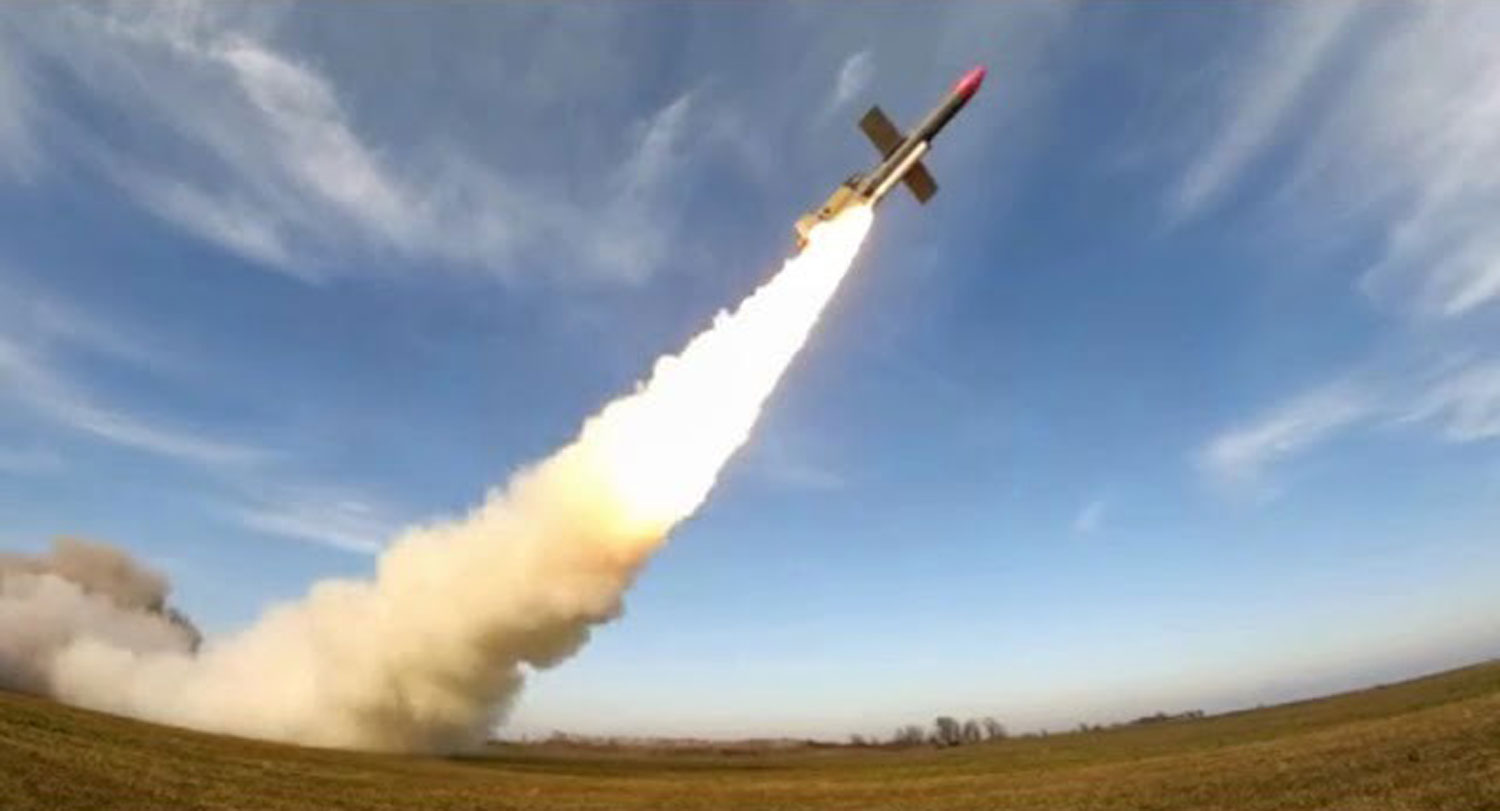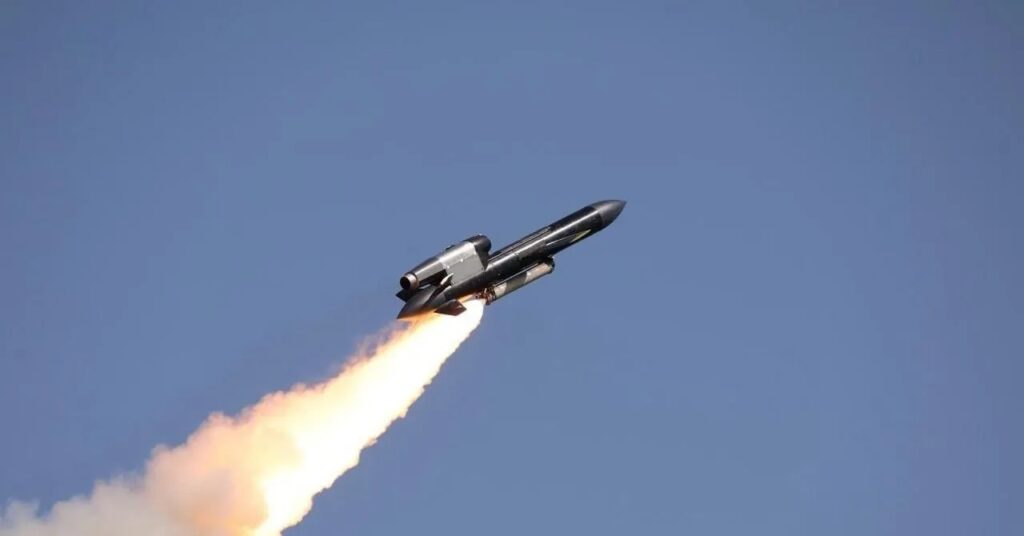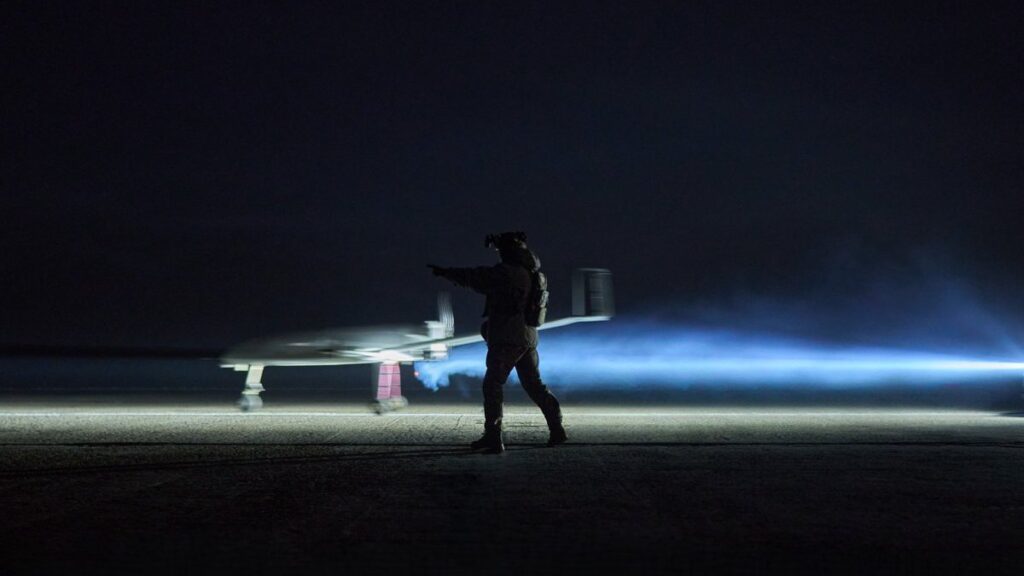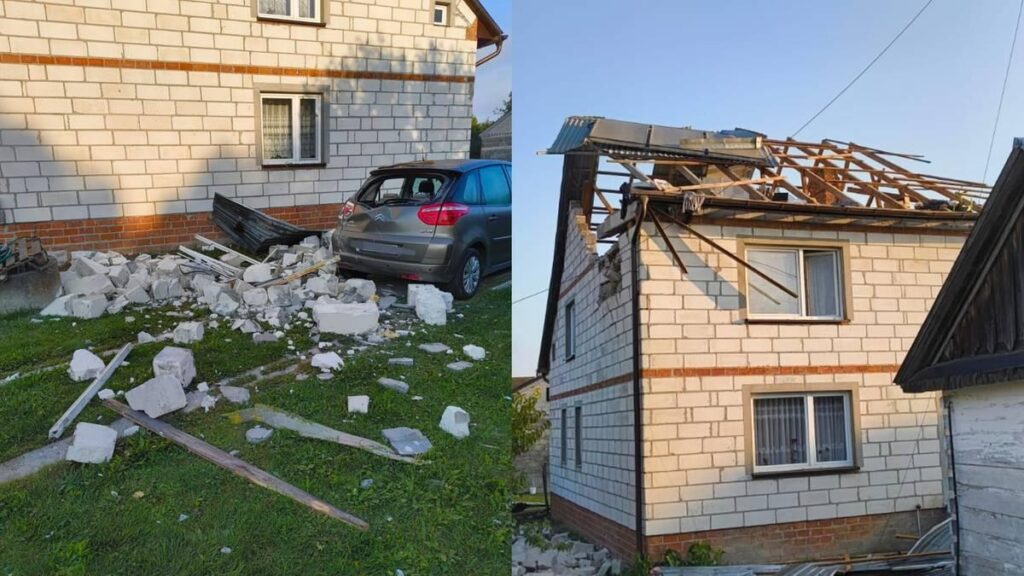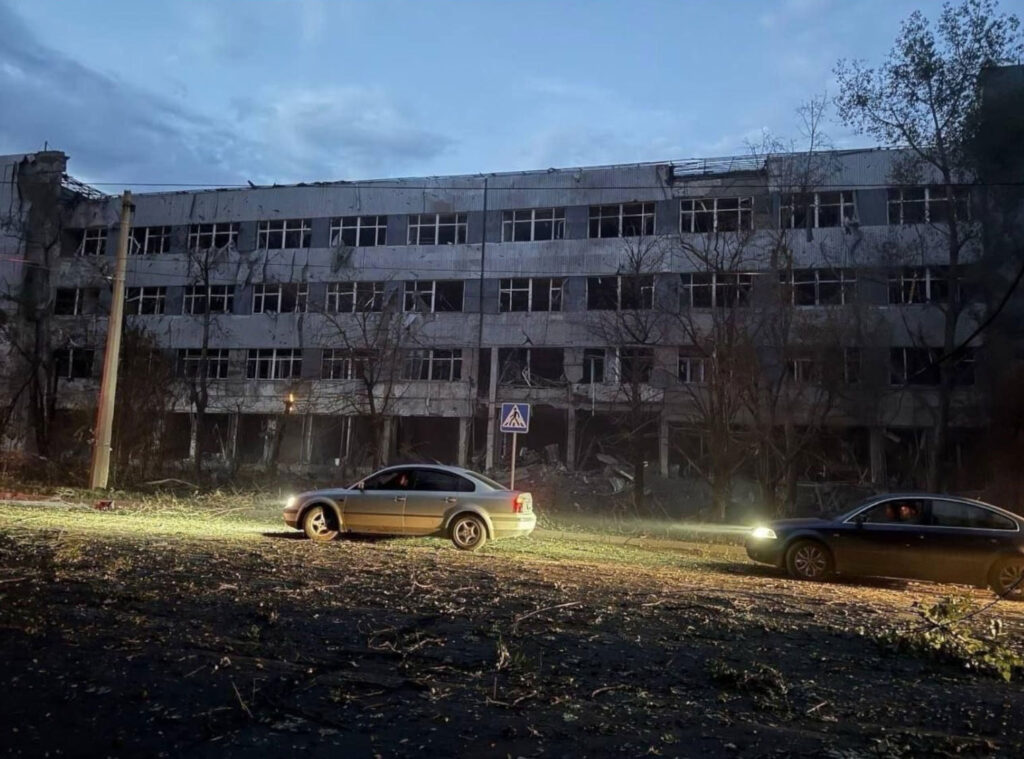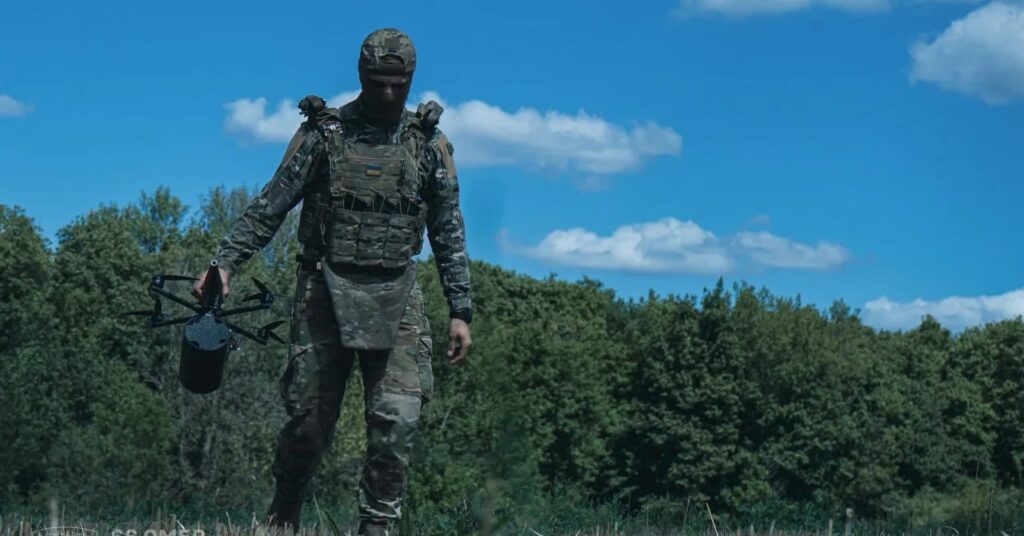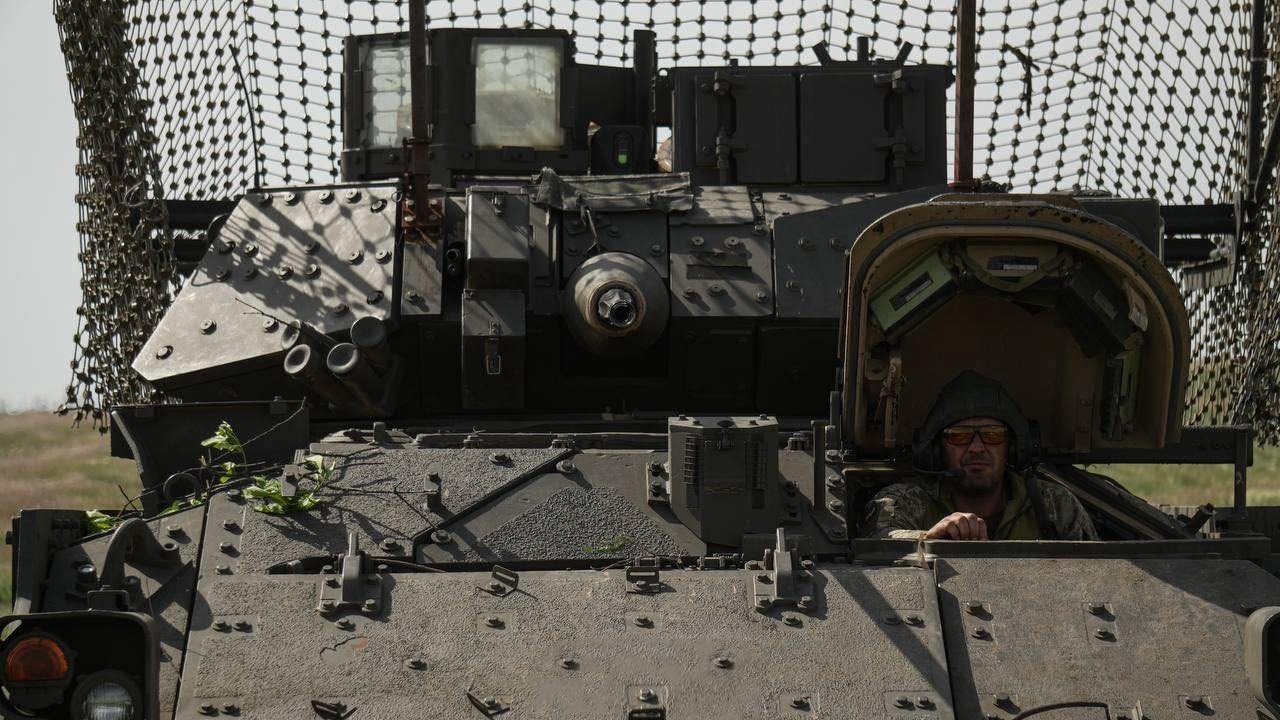Ukraine warns NATO: learn our drone war tactics before it’s too late
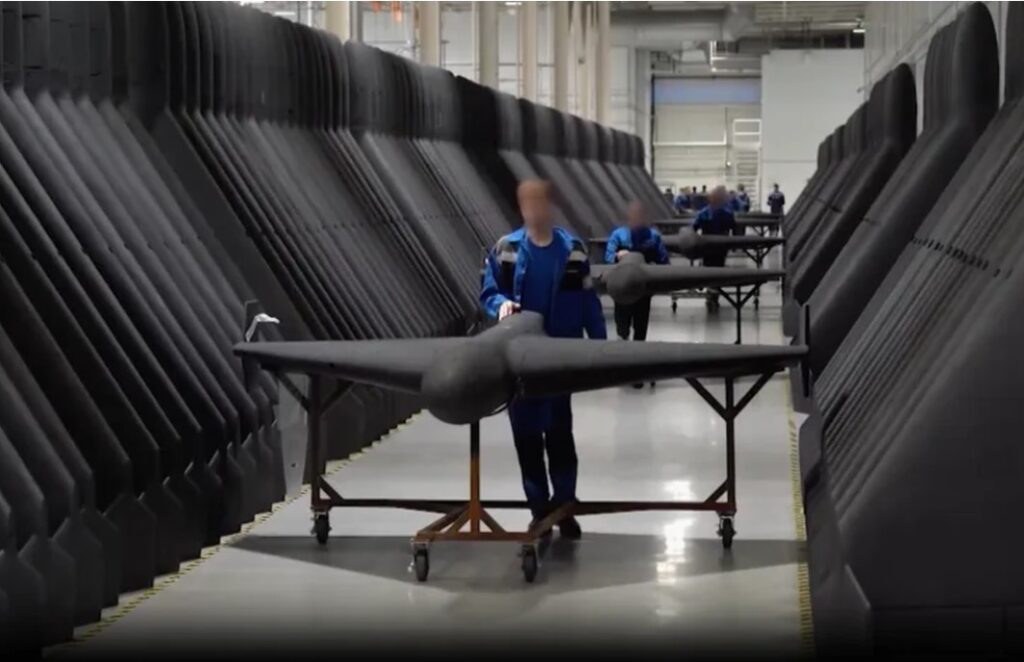
Ukraine says it is ready to train NATO partners in downing Russian drones after recent incursions into Poland and Romania. Kyiv stresses that Europe must urgently learn from Ukraine’s battlefield-tested drone warfare or risk falling behind Moscow.
NATO skies breached
Russian drones have repeatedly violated NATO airspace in recent weeks. Poland shot down at least three Geran drones with Russian Cyrillic markings on 7 September, while Romania confirmed a drone incursion near the village of Chilia Veche during a Russian strike on the Danube.
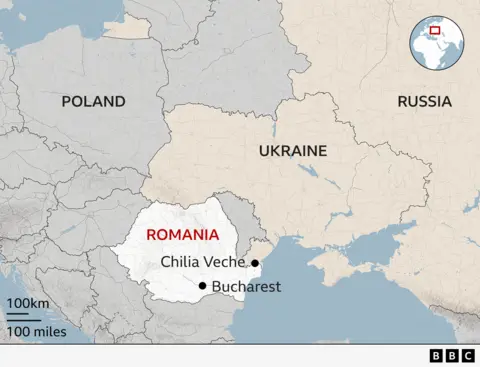
“These are not accidents,” Ukrainian President Volodymyr Zelensky warned. “It is an obvious expansion of Russia’s war.”
Romania summoned Moscow’s ambassador, while Polish Prime Minister Donald Tusk ordered ground-based air defenses to the highest alert. NATO allies scrambled F-16s, F-35s, and AWACS surveillance planes in response.
Ukraine offers to train NATO in drone defense
Yurii Ihnat, spokesperson for Ukraine’s Air Force Command, said Kyiv is ready to share hard-won expertise in shooting down Russian drones.
“The type of missiles used to shoot them down is their business. But they don’t have as much experience as Ukraine,” Ihnat said.
He proposed hosting training in Lviv or Kraków, noting that Polish and Romanian jets have struggled to intercept the “Gerans” — Iranian-designed Shahed kamikaze drones, which he called “not an easy target, especially for fighter aircraft.”
“For over 40 minutes, two fighter jets couldn’t do anything. They tried, but lost a lot of time,” Ihnat said, recalling a recent Romanian encounter.
Ukraine’s drone ecosystem: speed, scale, urgency
Over 3.5 years of the all-out war, Ukraine has built a unique drone warfare ecosystem — a blend of military innovation, civilian expertise, and private-sector production. From garage workshops to defense tech startups, more than 200 UAV types have been developed, with Ukraine now streamlining to 20–30 effective models.
Operations like Spiderweb, where 117 drones struck four Russian bases, destroying dozens of bombers, illustrate both the precision and mass Ukraine brings to the battlefield. This “War DevOps” culture—borrowing from software development—lets Ukraine redesign, test, and deploy new drone variants in weeks, sometimes days, far faster than NATO procurement cycles.
Lessons Europe cannot ignore
In these consequences, ignoring Ukraine’s experience might be a strategic error. Drone incursions into Poland and Romania show that Europe’s air defense remains vulnerable. Kyiv’s bottom-up innovation culture—where frontline pilots, instructors, and civilian volunteers constantly refine tactics—offers a model NATO allies should adopt.
Ukraine is already in talks with Denmark, Norway, and Germany to share knowledge, and Zelenskyy has openly proposed a “mega-deal” with the US to transfer Ukraine’s advanced drones in exchange for American weapons.
During one of his visits to the White House, Ukrainian leader Volodymyr Zelenskyy pitched President Donald Trump on a $50 billion deal to supply and co-produce drones with the US. Zelenskyy told journalists that the program, which hasn’t been finalized, would deliver 10 million unmanned systems annually over five years.
